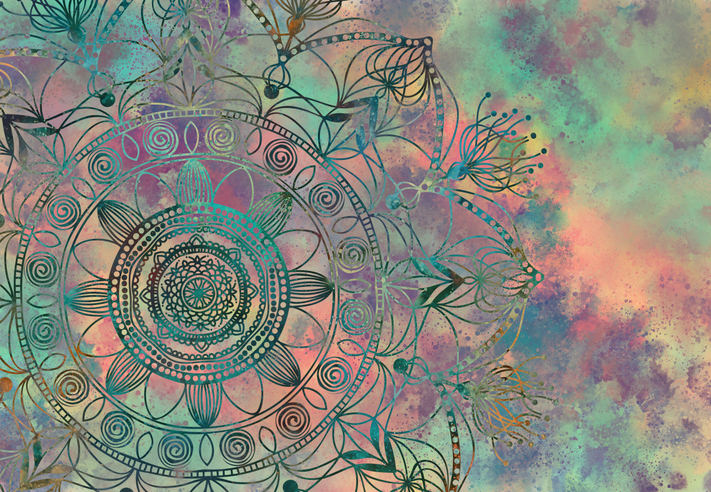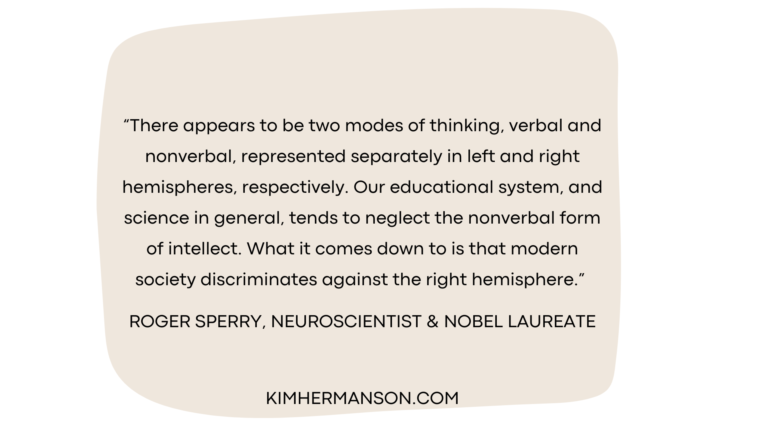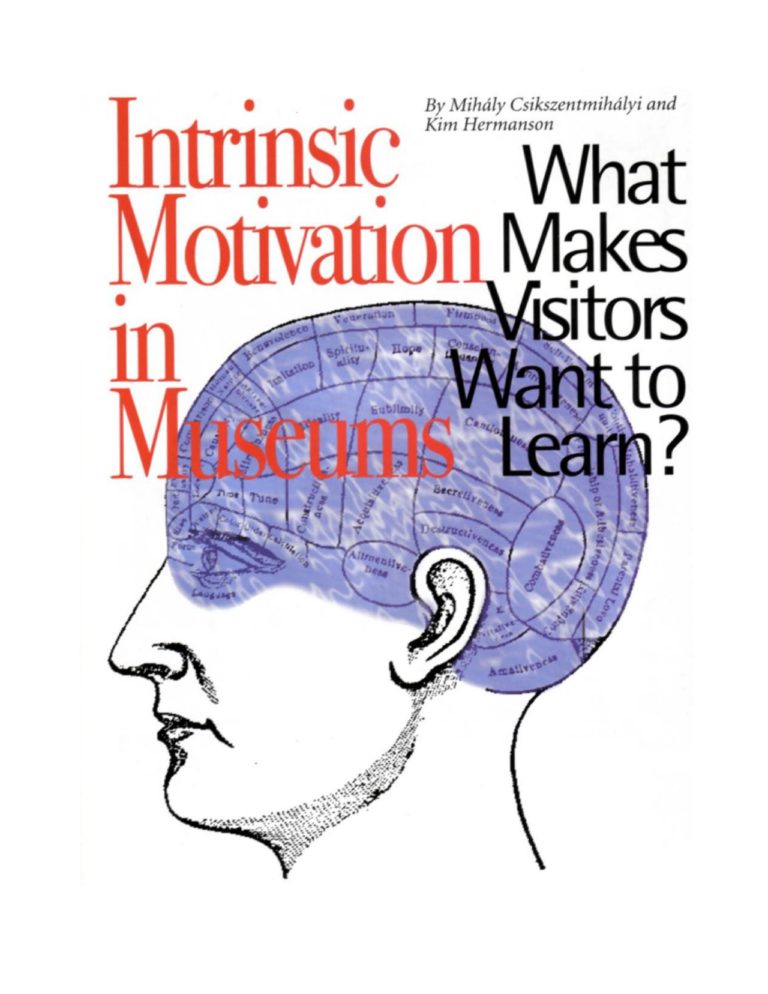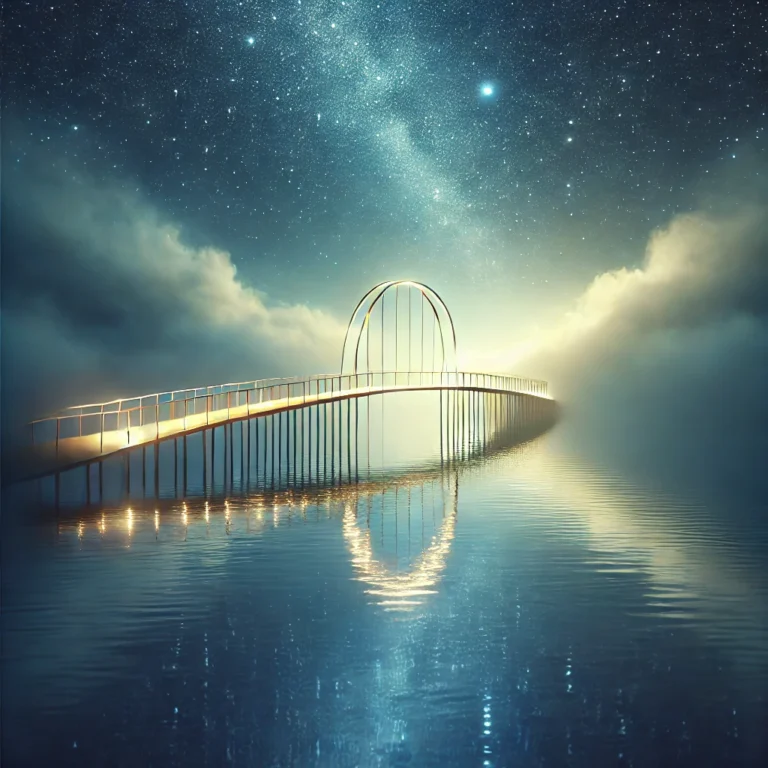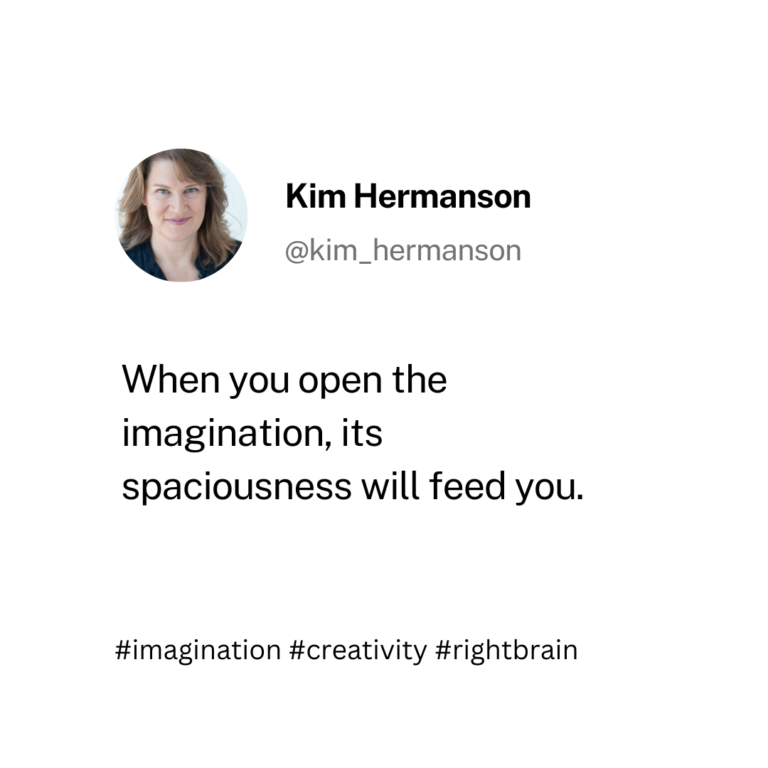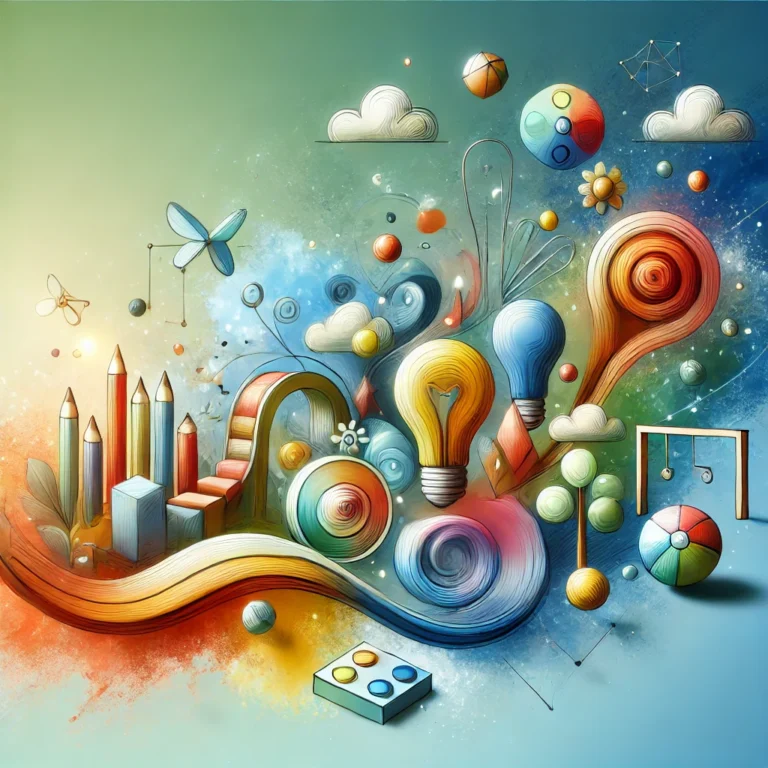Thinking like an artist

The physicist Arthur Zajonc once said that our culture needs the artist’s cognitive capacities.
But what is it that poets and artists do that takes them beyond ordinary ways of knowing? What makes their thinking so essential, especially in a world that often prioritizes logic and efficiency over creativity?
Perhaps it’s the artist’s willingness to be confused.
Rather than shying away from uncertainty, artists lean into it, allowing the unknown to guide them. They welcome unlikely connections, seeing possibilities where others see chaos.
Perhaps it’s their sensitivity to nuance and their ability to notice qualities of beauty that others miss. Artists don’t just see—they feel. They tap into layers of experience that are often overlooked, finding richness in the ordinary.
Maybe it’s their flexibility—their willingness to “go with the flow.” Artists are often more comfortable with risk-taking and failure, seeing these as part of the creative process rather than obstacles to avoid.
Or perhaps it’s their curiosity. Instead of rigidly adhering to what they know, artists allow questions, wonder, and exploration to lead the way.
To think like an artist is to embrace a different kind of intelligence—one that thrives on openness, intuition, and the ability to see beyond the obvious. It’s a way of engaging with the world that values discovery over certainty.
Do you think like an artist?
What would happen if you allowed yourself to welcome confusion, notice nuance, take risks, and let curiosity lead the way?
In a culture so focused on solutions and results, perhaps the artist’s cognitive capacities are exactly what we need to imagine and create a better world.
